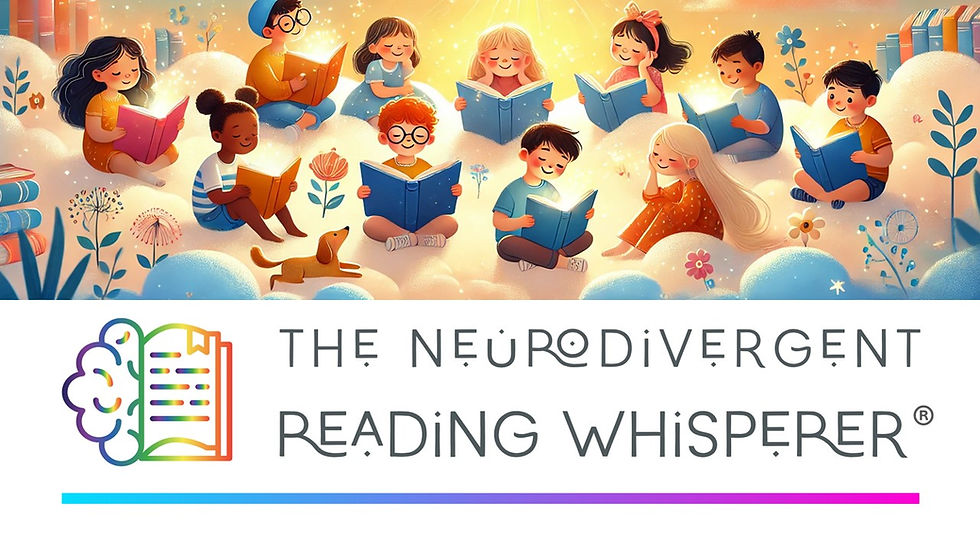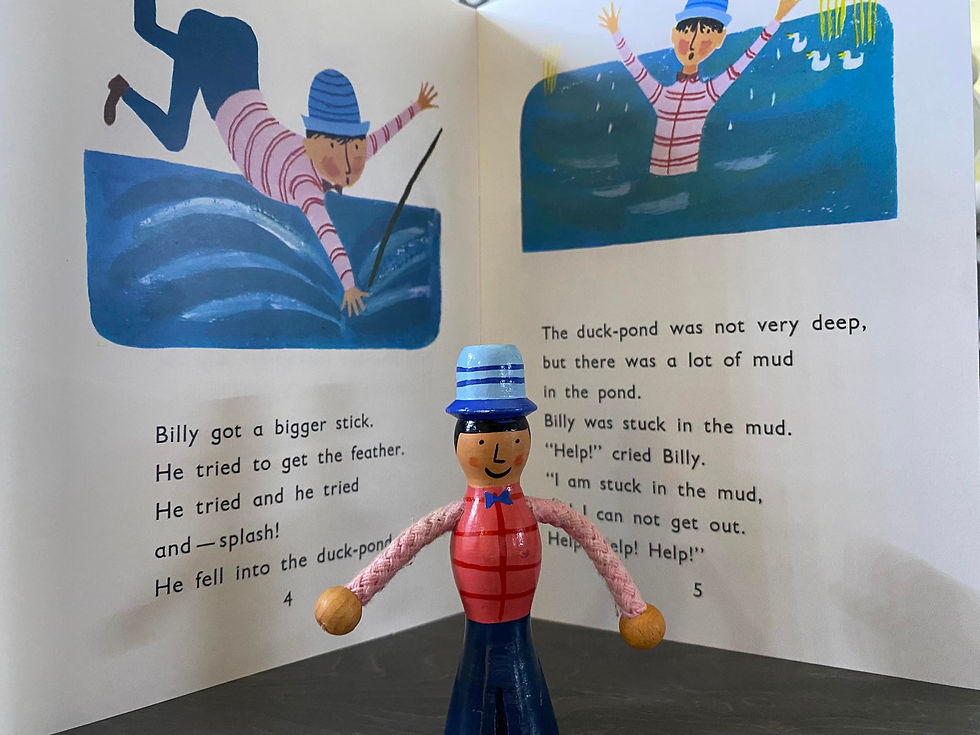Reflections on Handwriting in the New DfE Writing Framework
- The Reading Hut Ltd

- Jul 15
- 4 min read
Writing Is Personal: Reflections on Letter Formation in the New DfE Writing Framework from a Left-Handed Educator
As a left-hander who has spent over a decade supporting schools across Australian and primarily Queensland, I’ve often found myself pushing back against education department guidance that expects all children to adopt a uniform handwriting style. Writing is personal – but policy has often ignored that.
In fact, much of my work in Australia has involved challenging the idea that there is one ‘correct’ way to learn to read or write. It didn't make me popular with policy makers, or school leaders who want handbooks and one-size-fits-all instruction as it's easier to buy and facilitate. I’ve argued for years that forcing a single style, or insisting on fully joined, neat handwriting holds children back. The goal for the education department is for students to be able to write cursively by the end of Year 4, as per the Australian National Curriculum. I'd be interested in seeing the research behind that goal. There can be an obsession over 'neatness' that can actually get in the way of what children are writing. That’s why I was so encouraged to see the new DfE Writing Framework (July 2025) acknowledge that these concerns. It states:
“Pupils should not be held back by an expectation that writing must be neat or joined before their ideas can be valued.” (DfE, 2025, p. 16)
This is a refreshing and much-needed shift. In my work, we support children to write easily - for that child - by focusing on starting and exit points, minimising pencil lifts, and encouraging comfort and flow. No printing! No 'ball and stick' or 'open mouths and tall sticks'.
Many even start with print and then switch to cursive - do you have any idea how difficult that is for children? If you add the little 'exits' as seen with sassoon infant the children are already moving towards the next letter, and word, from the start.
Fine motor skills develop through hands-on play that encourages children to use their fingers and hands to manipulate physical objects. These activities support joint stability, muscle development, visual perception, and tactile feedback. Since the introduction of the iPad in 2010, touchscreen devices have become a regular part of children's daily experiences at home and in educational settings. This shift has reduced opportunities for some young children to engage in traditional play with physical objects. It is both possible and important to integrate technology, without losing learning opportunities.

Children use use a stylus - or their finger - and trace over the letters, when using the Monster Spelling Piano app.
This is one the resources used to support phonemic awareness and an introduction to the core code within the Speech Sound Play plan
https://www.speechsoundplay.com/monster-spelling-piano-app
Some states and territories have their own specific handwriting styles (e.g., NSW Foundation Style, QCursive, South Australian Modern Cursive, Victorian Modern Cursive). I wrote to the Education Dept about this 15 years ago. Can you see why? View QCursive here
We have asked that the education departments do not insist on a single size, slant, or style however. Instead, we can give children the tools to develop their own way of writing that suits their needs and pace.
This principle is reflected again in the Framework:
“Developing stamina and fluency in writing is as important as neatness. For some pupils, speed and clarity will be more valuable than perfect joins.” (DfE, 2025, p. 17)
Exactly. Through Peggy Pencil for example, we show both left- and right-handed formation so that every child feels included from the start. By the end of Year 1, our goal is for children to write as quickly as they speak. That speed supports the writing process itself – ideas can flow without bottlenecks caused by discomfort, confusion, or trying to mimic a style that doesn’t suit their hand or brain. See how we do it here https://www.speechsoundplay.com/daily-letter-formation
Excuse the singing:-)
The Framework goes on to say:
“Being able to write legibly, comfortably and at a reasonable speed supports composition and self-expression.” (DfE, 2025, p. 17)
That is the heart of what I’ve been trying to champion for years. And this becomes even more important when we consider how many children begin school developmentally unready for writing but are expected to start forming letters the moment they arrive in Reception. For some, that pressure turns writing into a daily struggle. We tackle that too - we use the RWI phrases as a reminder of direction, not for phonics learning. It's difficult to start at the bottom of the letter n while saying 'DOWN Nobby, up and over the net'
Children form letters in the air, in sand, and over laminated cards, and respecting readiness.
I have seen the chatter on social media and it’s reassuring to know that others are becoming equally passionate about these issues. Surprising to see in a DfE document, and I am not in agreement with all of it, but some has been refreshing. Writing should never be a barrier. The how matters – entry and exit points - but not in the rigid way many systems have enforced. It matters because it affects children’s confidence, fluency, and ability to communicate their ideas. That’s the kind of writing instruction children deserve.

Some children are ready, willing and able. Some may not be. If we teach them all in the same way we ignore what is at the heart of a child-centred approach.
The big take-away that I love? Learning should be personalised. What do you think?

Miss Emma
Emma Hartnell-Baker MEd SEN
The Neurodivergent Reading Whisperer®
Get started at SpeechSoundPlay.com
Then visit MyWordz.com for single word mapping in both directions.




Comments